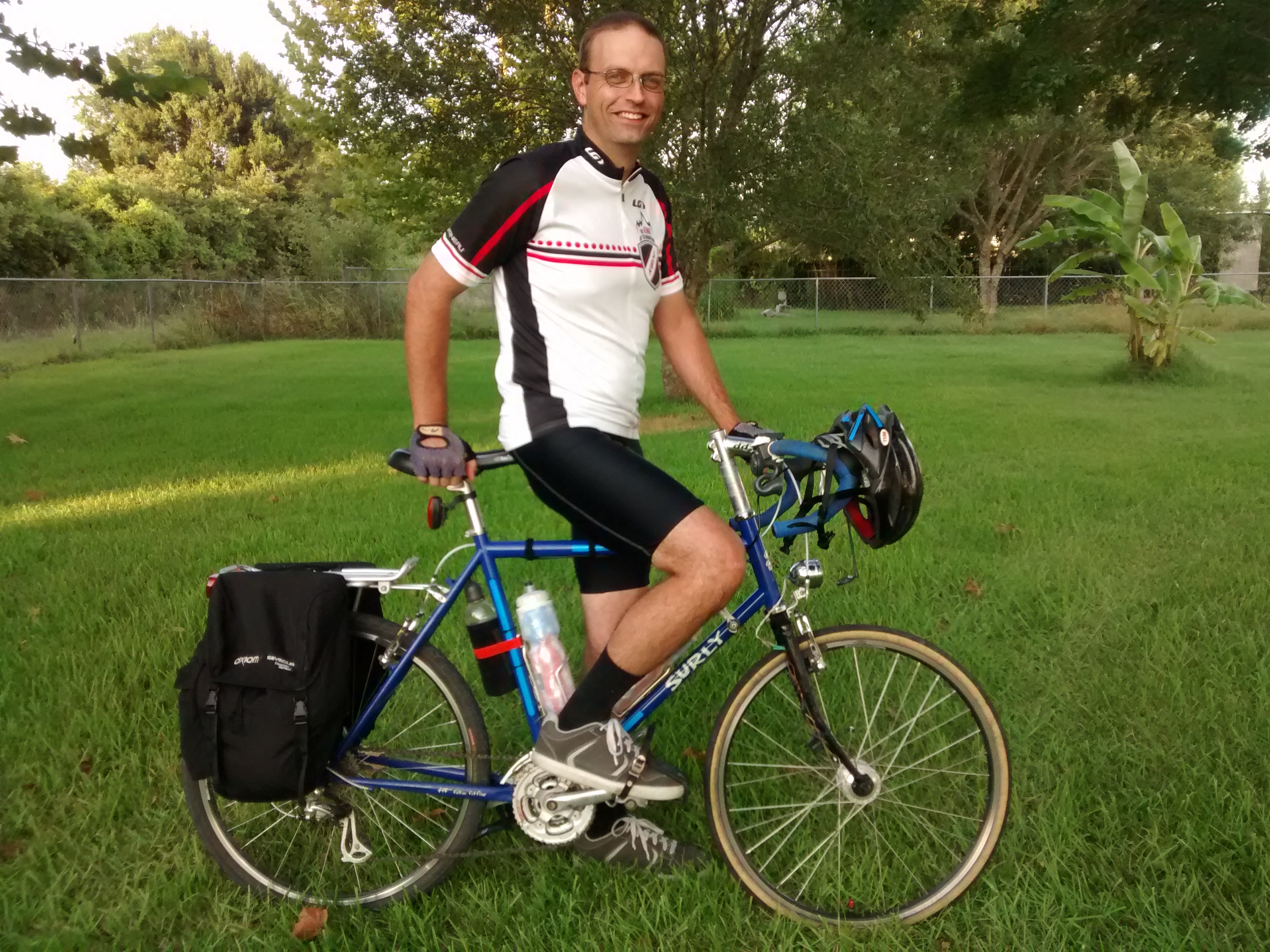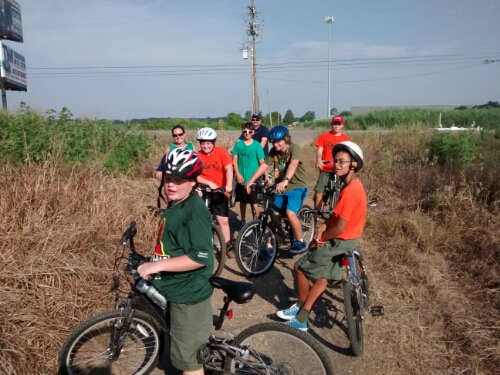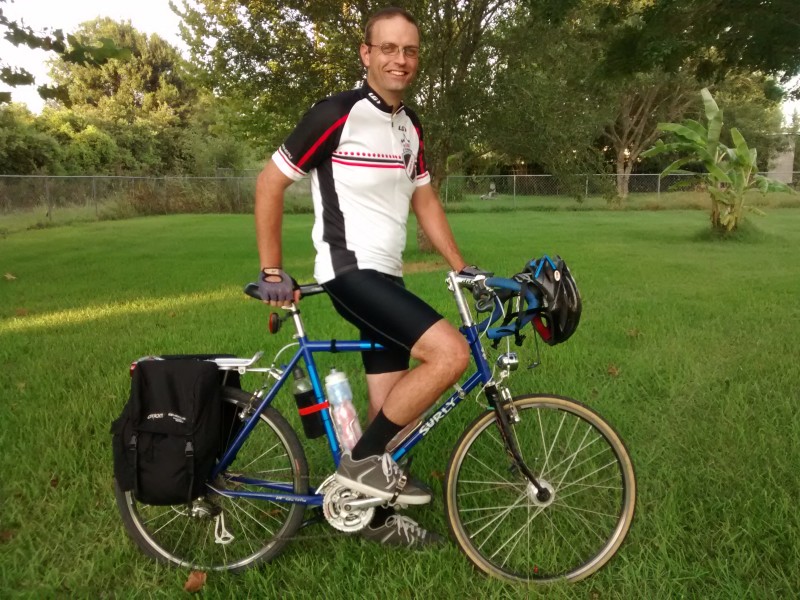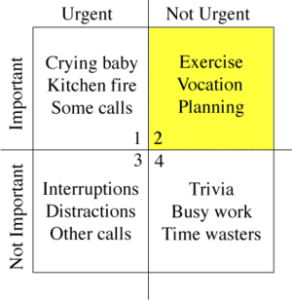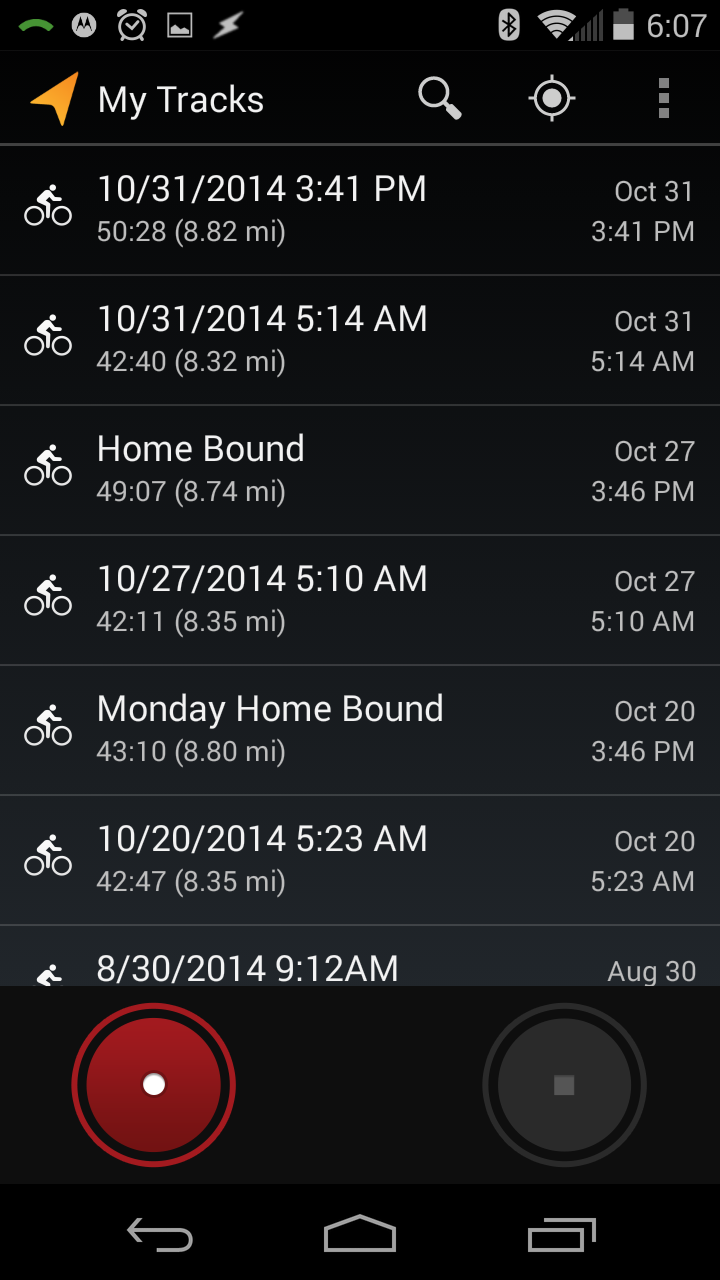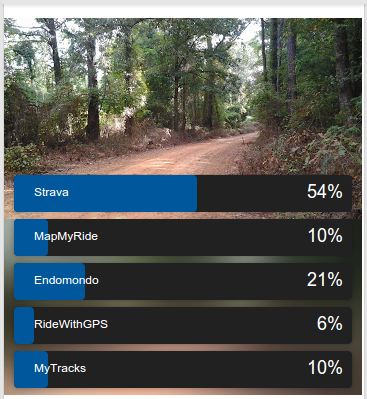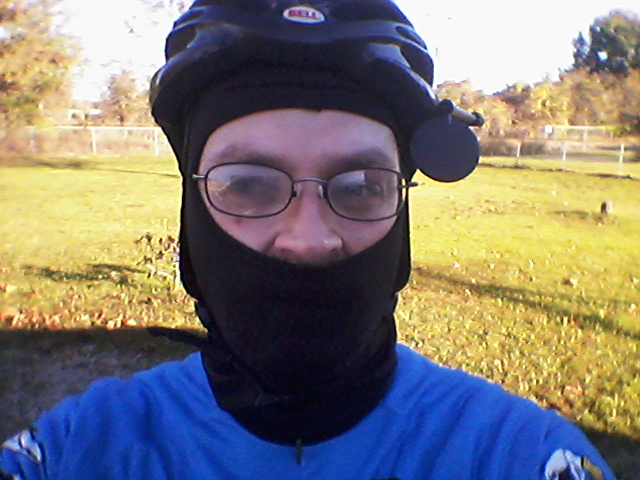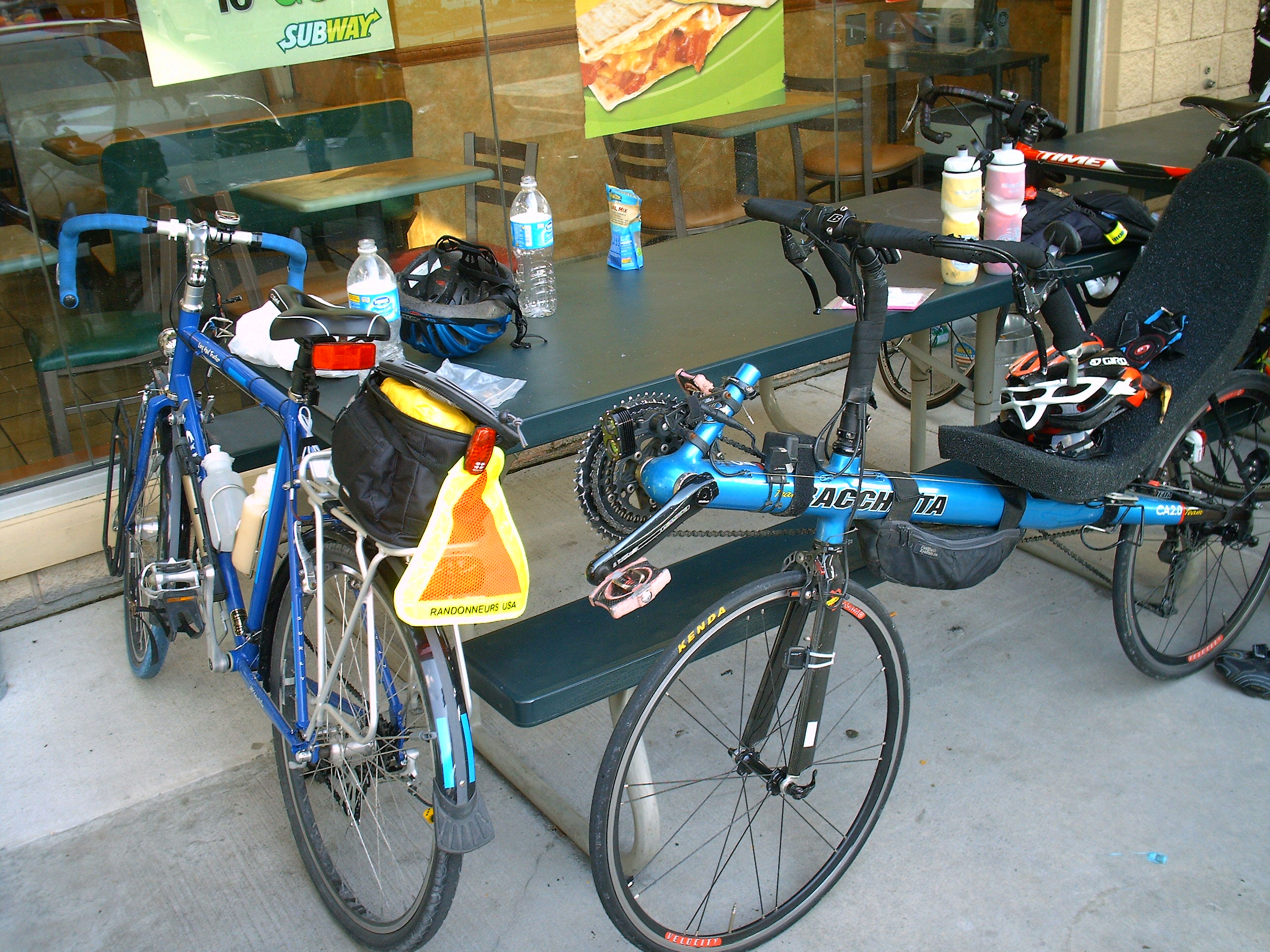As a result of Rural Bike Commuting: It’s Not The City, I’ve had a few people ask me to clarify some of the equipment choices I’ve made to accommodate the longer distances. My choices certainly don’t reflect everybody’s, and there will always be bike commuters who do things a bit differently, even if their routes look very similar to mine. But with that in mind, here’s a few things I’ve learned.
Bike:
If you’re commuting long distances, you’re going to want a bike that’s efficient, sturdy, flexible, and comfortable. It doesn’t have to be a race bike (in fact, there’s plenty of reasons why race bikes make terrible commuting rigs) but as long as it’s strong and comfortable, it’ll work. The more braze-ons it has, the more things you can do with it, and the more versatile your bike will be.
For commutes of 10+ miles each way, on rural (rough) roads, you will want to consider a bike made for long-distance riding, like a touring or randonneur bike. (*NOTE: in some cases, bikes labeled as “cyclocross” or “gravel” bikes will work, but sometimes they won’t. More on this later.) Most touring/rando bikes have drop bars for more comfortable hand positions, but you also want to balance that with a somewhat upright riding position to be able to function in traffic without losing visibility. Drop bars give you the best of both worlds; you can ride low in the drops for long windy stretches, or ride on the tops/hoods for in town.
Some great bikes are out there that are trouble-free, solid, and relatively efficient. The Surly CrossCheck is a universal favorite, for obvious reasons… it’s adaptable, comfortable, durable, and reasonably fast. Despite being labeled as a “cyclocross bike” it’s more suited to light touring and commuting, which is exactly what we’re looking for. The Straggler is basically a disk-brake version of the same bike, if you’re more comfortable with disks. There are plenty of others, also, but be warned!! Some bikes marketed “go-anywhere, do-anything” are really racing bikes, not true utility road bikes. They are made for recreational weekend warriors, not commuters who ride to work with racks and fenders. If it doesn’t have eyelets or bosses for a rear rack, it’s probably not meant to be used as a commuter. Caveat Emptor. Some good examples of bikes for long-distance commuting: Continue reading “Rural Commuting: Gear Talk”


